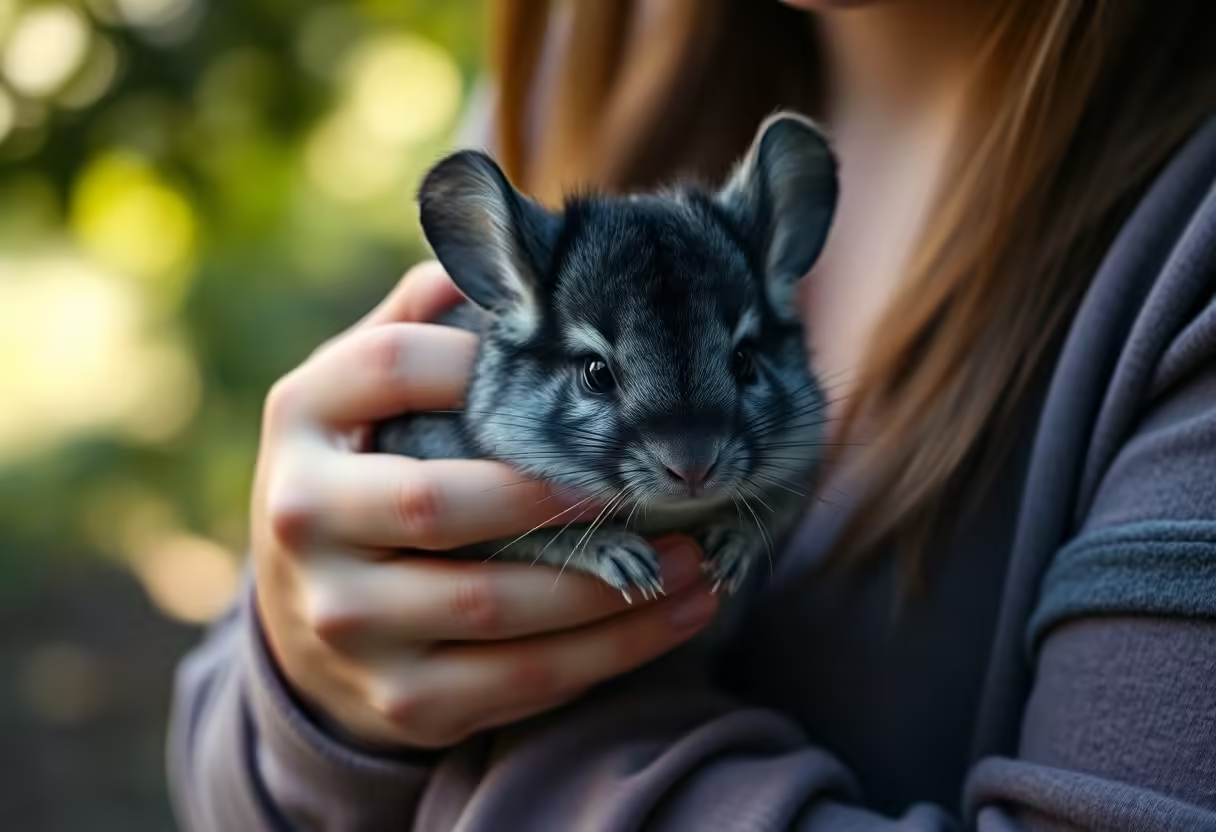How Do Chinchillas Show Anger? Signs, Causes, and Calming Techniques
Chinchillas are typically gentle and curious creatures, but like all animals, they can display anger when they feel threatened, uncomfortable, or frustrated. While their signs of anger may be subtle compared to other pets, understanding their body language, vocalizations, and behaviors can help owners respond effectively. In this guide, we’ll explore how chinchillas show anger, …








